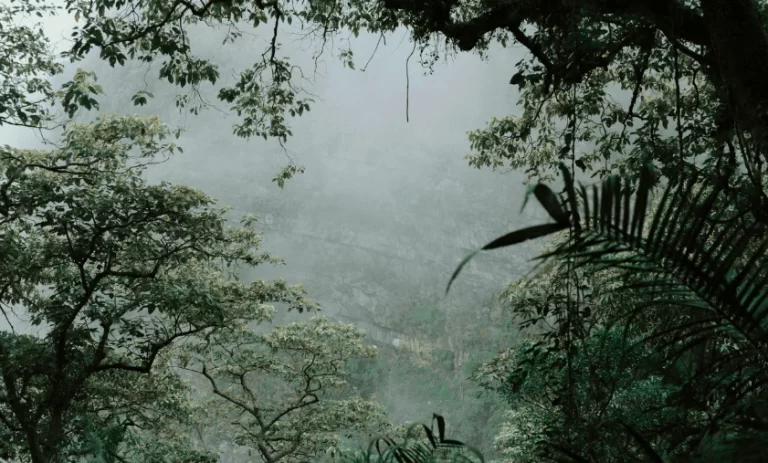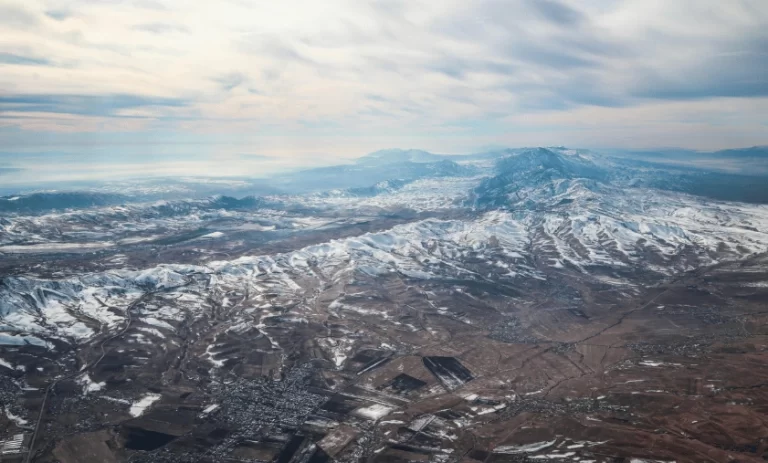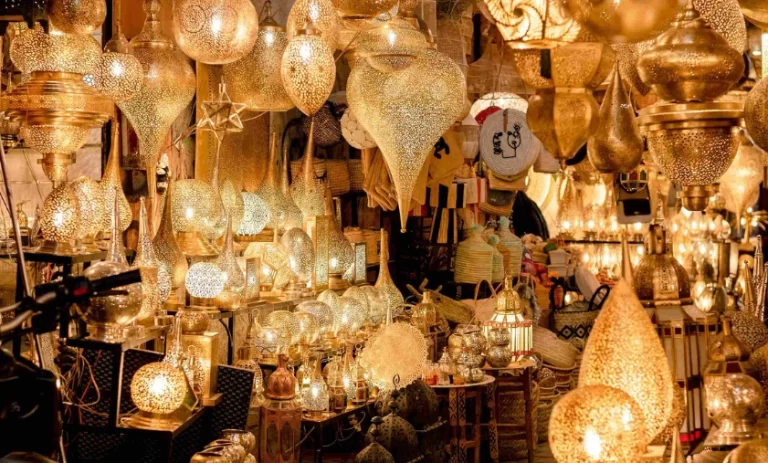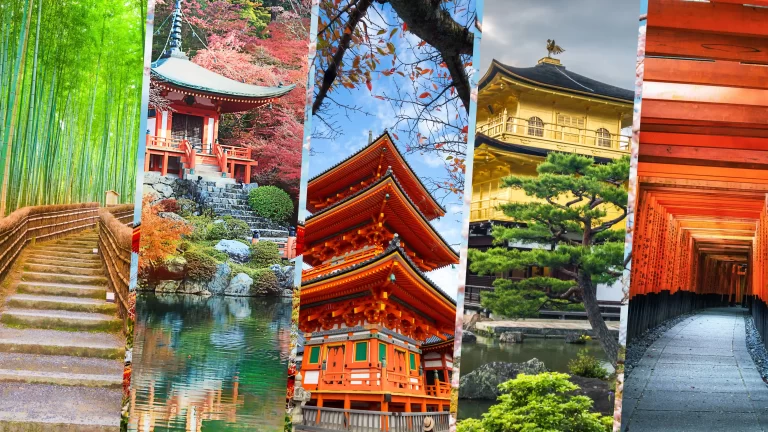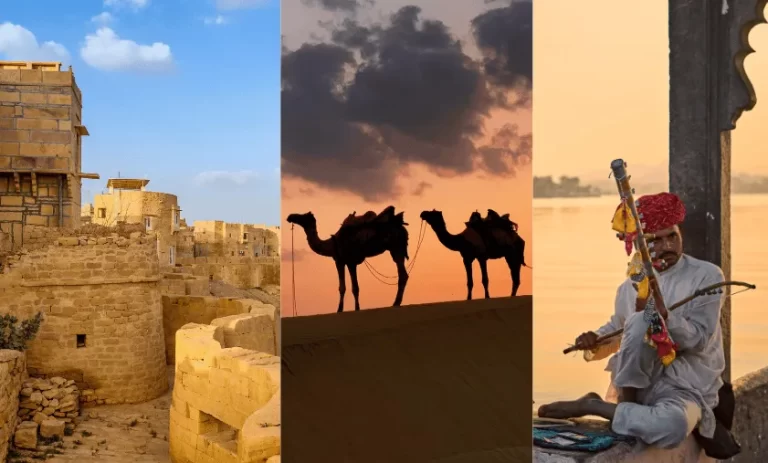Morocco, a country where diverse cultures and rich history meet, is home to some of the most significant religious sites in the Islamic world. From the towering minarets of ancient mosques to the tranquil courtyards of madrasas (Islamic schools), Morocco’s spiritual heritage is woven into its cities, landscapes, and traditions. Whether you’re a history buff, a spiritual traveler, or an architecture enthusiast, exploring Morocco’s mosques, madrasas, and sacred spaces offers a fascinating journey into the heart of the country’s Islamic culture.
In this article, we’ll take a closer look at some of Morocco’s most important religious sites, offering insights into their architectural beauty, historical significance, and the role they continue to play in Morocco’s cultural and spiritual life.
1. Hassan II Mosque: A Masterpiece of Modern Islamic Architecture
The Hassan II Mosque in Casablanca is arguably the most famous mosque in Morocco. Completed in 1993, it is one of the largest mosques in the world and an architectural marvel. With its soaring minaret standing at 210 meters (689 feet), it is the tallest mosque in the world. The mosque is open to non-Muslim visitors on guided tours, allowing a glimpse into the stunning interior, which features intricate tilework, hand-carved cedar wood, and expansive courtyards.
Key Features:
- Location: Situated on the coast of Casablanca, the mosque offers breathtaking views of the Atlantic Ocean.
- Design: Combining traditional Islamic architecture with modern construction techniques, the mosque showcases Morocco’s cultural pride.
- Cultural and Spiritual Significance: The Hassan II Mosque is not only a place of worship but also a symbol of Morocco’s dedication to Islam and its architectural prowess.
2. The Medersa Bou Inania: A Jewel of Fes’ Spiritual Heritage
The Medersa Bou Inania in Fes is one of the most important and beautifully preserved madrasas (Islamic schools) in Morocco. Founded in the 14th century by Sultan Abu Inan Faris, this madrasa is renowned for its exquisite Moroccan architecture, with stunning zellij (mosaic) tilework, intricate wood carvings, and marble fountains.
Key Features:
- History and Architecture: The Medersa Bou Inania served as both a religious school and a mosque. Its historical role as an educational institution is integral to Fes’ status as a center of Islamic learning.
- Spiritual Role: Today, it remains a spiritual site, attracting both scholars and visitors eager to experience its architectural beauty and quiet atmosphere.
- Visiting: Visitors can marvel at its elegant courtyard, delicate carvings, and the impressive prayer hall.
3. The Koutoubia Mosque: Marrakesh’s Landmark of Faith
Located in the heart of Marrakesh, the Koutoubia Mosque is one of Morocco’s most iconic religious structures. Built in the 12th century under the Almohad dynasty, the mosque’s massive minaret is a defining feature of the Marrakesh skyline.
Key Features:
- Historical Importance: The Koutoubia Mosque was the model for many other mosques in the region, including the famous Giralda Tower in Seville, Spain.
- Design: The mosque’s minaret is adorned with intricate carvings, and the expansive gardens surrounding the mosque offer a peaceful retreat.
- Cultural Influence: The Koutoubia Mosque remains a central place of worship and a key part of Marrakesh’s cultural identity.
4. The Tin Mal Mosque: A Hidden Gem of the Atlas Mountains
Located in the remote Atlas Mountains, the Tin Mal Mosque is a lesser-known but equally fascinating religious site. Built in the 12th century, it was the spiritual center of the Almohad dynasty and remains a testament to the architectural style of the time.
Key Features:
- Location: Situated in a secluded area, the Tin Mal Mosque is surrounded by stunning mountain scenery, adding to its spiritual ambiance.
- Historical Significance: As the original center of the Almohad movement, it represents a pivotal point in Morocco’s religious history.
- Preservation: Though smaller and less frequently visited, the mosque’s original brickwork and carvings offer a glimpse into early Islamic architecture.
5. The Madrasa el Attarine: Fes’ Masterpiece of Islamic Education
The Madrasa el Attarine, also located in Fes, is another gem of Moroccan architecture. This 14th-century madrasa was a place of learning and spiritual study, particularly for scholars of Islamic law and theology.
Key Features:
- Architectural Highlights: Known for its ornate stucco decoration and intricately tiled walls, the madrasa is one of the finest examples of Marinid architecture.
- Educational Role: Like other madrasas in Morocco, el Attarine was an important center for Islamic scholarship and intellectual exchange.
- Spiritual and Educational Legacy: Visitors to el Attarine can explore its quiet courtyards, prayer halls, and libraries that once hosted some of the most influential scholars in the Muslim world.
6. The Great Mosque of Taza: A Historical Spiritual Landmark
One of Morocco’s oldest mosques, the Great Mosque of Taza offers a unique look at Morocco’s early Islamic history. Built in the 12th century, it has been an integral part of the spiritual life in the city of Taza for centuries.
Key Features:
- Spiritual Significance: The mosque is a central place of worship in Taza and has historical significance in the spread of Islam across the region.
- Design and Structure: The mosque features classic Moroccan architecture with arched doorways, intricate tile work, and beautiful courtyards.
7. Chefchaouen’s Spiritual Vibes: Blue City’s Tranquil Mosques and Religious Sites
Chefchaouen, known for its striking blue-painted buildings, also offers a peaceful atmosphere for spiritual reflection. The city is home to several mosques and religious sites, including the Grand Mosque of Chefchaouen, where visitors can experience the blend of spirituality and artistry that defines this unique city.
Key Features:
- Tranquil Atmosphere: The blue-painted walls of the city offer a sense of calm and serenity, making it an ideal place for spiritual reflection.
- Mosques and Heritage: While Chefchaouen’s mosques are not as grand as some of the larger cities, they are deeply tied to the city’s spiritual life and offer a quiet escape from the bustle of daily life.
Conclusion: Morocco’s Spiritual Tapestry
Morocco’s mosques, madrasas, and religious sites offer more than just stunning architecture—they are living, breathing testaments to the country’s rich Islamic history and culture. Visiting these sacred spaces provides travelers with a deeper understanding of Morocco’s spiritual heritage and the role religion plays in shaping its identity. Whether you’re marveling at the grandeur of the Hassan II Mosque, exploring the serene courtyards of a madrasa, or discovering hidden gems in the Atlas Mountains, Morocco’s spiritual side is an essential part of any journey to this fascinating country.



